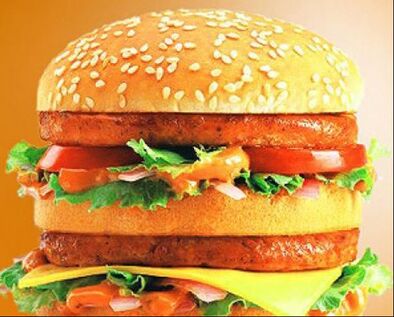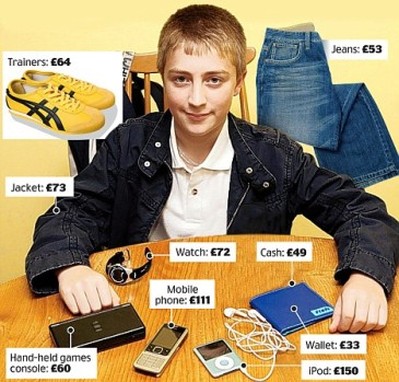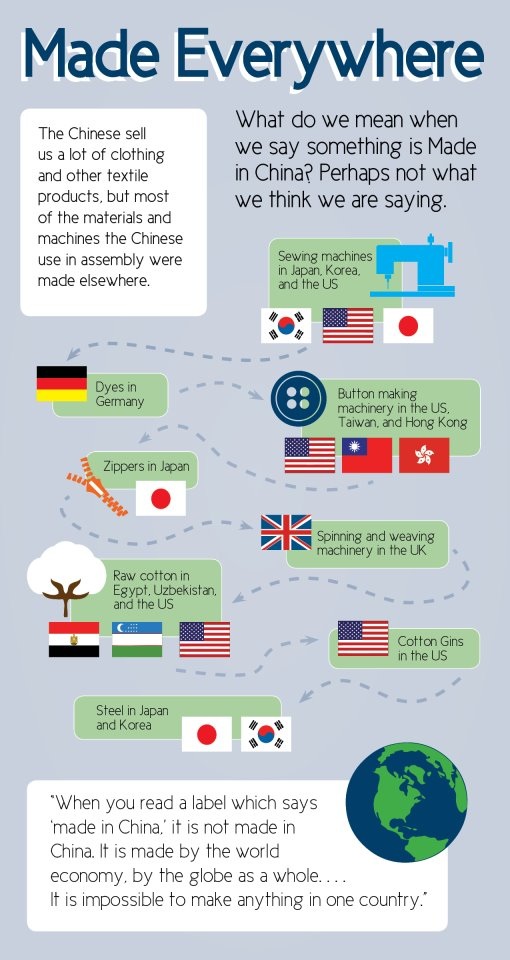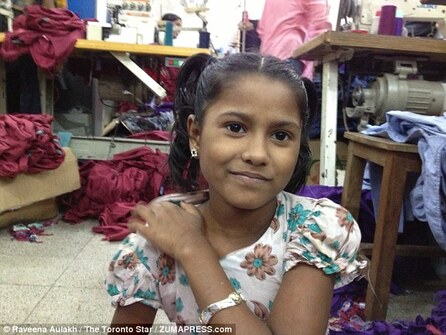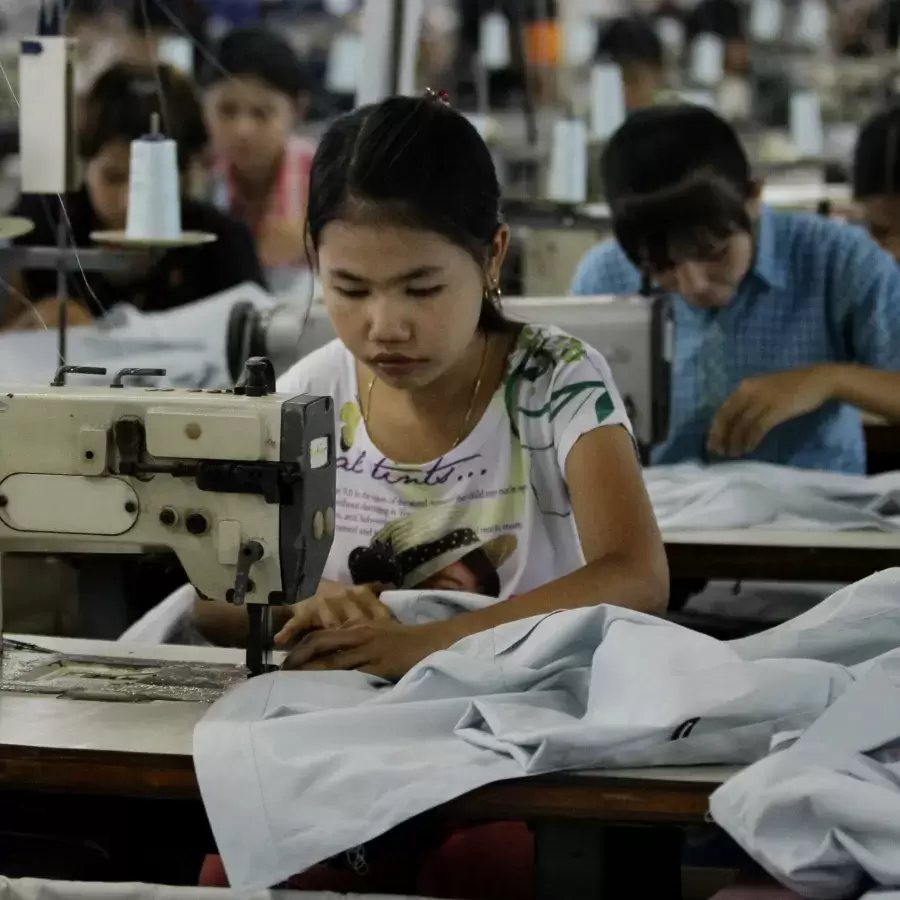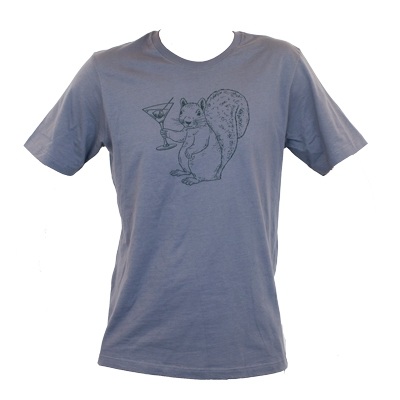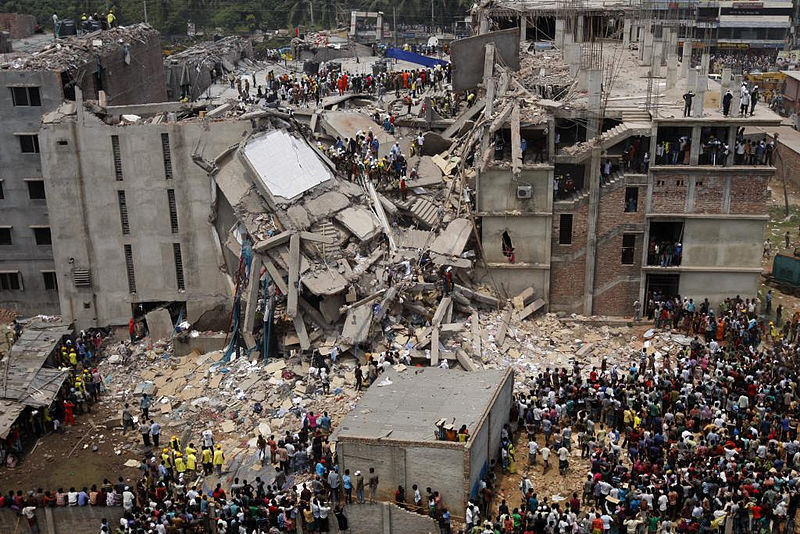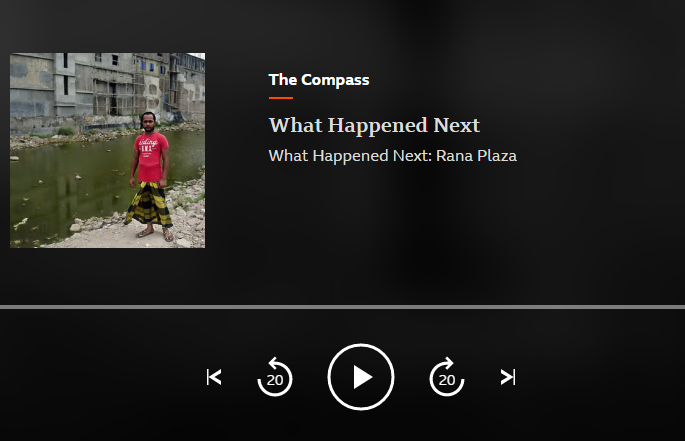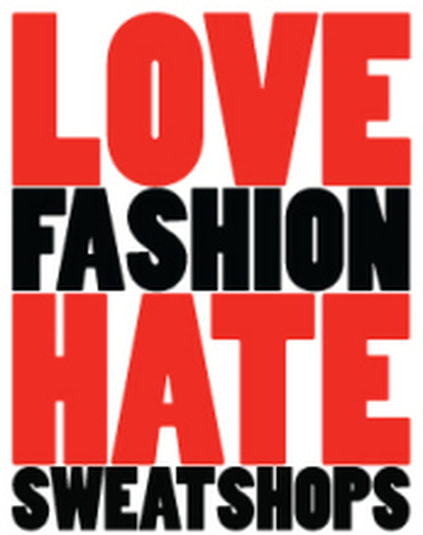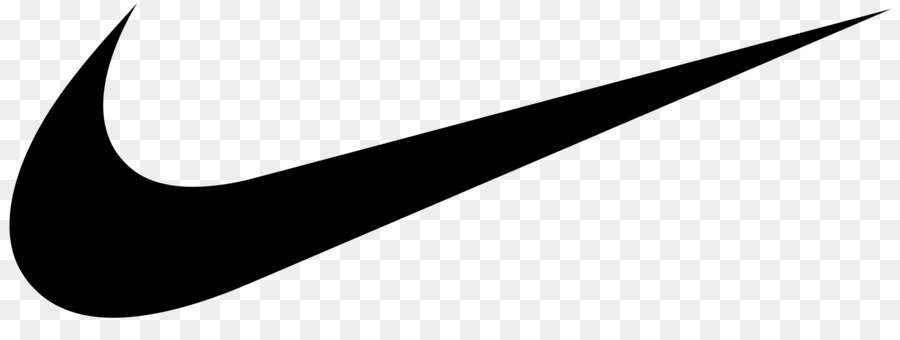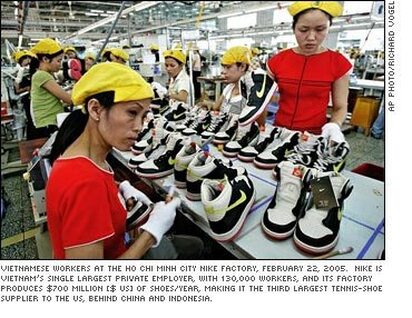How Much Do You Know About Stuff?
|
Objective: To find out a bit more about brands and where some of them are made.
Starter: How well do you know your brands? Complete the tasks on the worksheet below. |
Task 1 - Using the worksheet, you have 5 minutes to annotate onto the map all the places you are connected to. To get you started, thing about: Where have you been? Where do your family or friends live? Where was your favourite possession made? Where is your favourite food grown or produced? Where is your favourite film set? Where is your favourite team or player from?
|
Task 2 - How Globalized am I? You are going to be completing a self study during the lesson today. You will need to have all of your possessions on the desk in front of you. Complete the worksheet by clicking on the blue tab to the right. Add a 'Made In ....' tag to each item on your sheet. Here is an example list of what you may have with you today in school.
You can also think about & add to your sheet
Your teacher will be taking a photo of you with all of your possessions for you to use in task 3. |
Task 3 - Mapping out my globalized life. Now you have completed your A3 worksheet above, tally up all the countries that have been named and put them into rank order. Share them with the class. Now, click on the tab above to map out your possessions globally. You will need to come up with a choropleth shading key (darker = more things from that country, lighter = less items from that country). |
Globalization & My Stuff
|
Starter - So, you have probably found out that you are already very globalized. Not everybody is the same as you. Watch the first three minutes of the documentary to the right. Discuss what you have just seen.
Task 1 - Watch the video to the right about the uncontacted tribes of Brazil. Now imagine that you were parachuted in to the jungle. How do you explain the following three globalized products? Click on this link to access your tricky worksheet! Task 2 - Using this worksheet create a collage / hand drawn design to show the key factors that have aided the spread of globalization. There should be no words! |
|
Who Makes My Clothes & Where?
Starter: Watch the Handprint video below. What does this video mean?
|
|
|
|
Objective: To find out why global fashion companies make their clothes in far away places. Task 1 - Watch the first video above and take notes on what sweatshops are. Write about that they are like, where they can be found, companies that use them and how the workers are treated. Task 2 - Click on the tab below to access the worksheet 'Perfect Sweatshop Worker'* - Complete the activities set out. *Thanks to Victoria Ellis. You should now know where the majority of your clothes come from and how they get to you. But is it just as simple as where your clothes are made? There is more to this than meets the eye! Task 3 - Study the image to the right carefully. This is why made in China is not all it seems.
Use a copy of the map below and the cut out labels on the worksheet to create a Global Jeans display. |
Is it all SAB Bhalo in the Sweatshop?
|
Objective: To find out about life working in a sweatshop and illegal child labour.
Child labour & Sweatshops - In some factories, children are employed to work making clothes. This may well be what they do for the rest of their lives.
Meeting Meem. Watch the video to the right. This is the introduction to our task today. Task 1 - Literacy Focus - In 2013, a reporter spent a number of days working undercover in a sweatshop in Bangladesh. Click the tab below to read all about it. |
|
i. Read the introduction and fill in the fact box section of the profile of Meem by clicking on the blue tab below. (enlarge to A3)
ii. Read the section entitled 'Getting the Job'. Once you have read it, spend 20 minutes making a sketch of what you think the sweatshop & Hamid's office would look like. Annotate (label) the things you have included.
iii. Read the section entitled 'School's Out'. Fill in the relevant section of the Meem's Diary worksheet. Think carefully about why you go to school and what you hope to do later in your life.
iv. Read the section entitled 'The Kids Don't Know Better'. Complete the activities on the worksheet.
a. Why do factory workers prefer children workers?
b. How has the increase in sweatshops been a positive effect on many women in Bangladesh?
v. Imagine you are Meem. Write a diary extract of about 400 words on the worksheet that explains how her day went and what happened to make it difficult. How much did you earn in the end and was your boss happy?
iii. Read the section entitled 'School's Out'. Fill in the relevant section of the Meem's Diary worksheet. Think carefully about why you go to school and what you hope to do later in your life.
iv. Read the section entitled 'The Kids Don't Know Better'. Complete the activities on the worksheet.
a. Why do factory workers prefer children workers?
b. How has the increase in sweatshops been a positive effect on many women in Bangladesh?
v. Imagine you are Meem. Write a diary extract of about 400 words on the worksheet that explains how her day went and what happened to make it difficult. How much did you earn in the end and was your boss happy?
Can Child Labour Ever Be Positive?
Task 2 - You will hear a lot about the negative sides of sweatshops and about children working in factories that make our clothes. However, we often don't hear any other view point on the issue.
The 22 minute BBC Inquiry Podcast below is titled 'Should We Rethink the Ban on Child Labour?' This would seem to be a very controversial title given that most people think that child labour of any type is only bad.
Listen to the podcast by clicking on the button below. Use the worksheet to record the positive and negative factors surrounding child labour.
*Alternative source of Podcast is here.
Sometimes, you have to say things that may be controversial!
So, now you have both sides of the story. Through your study of Meem and the BBC Podcast above, you have both sides of the child labour story.
Task 3 - Draw up a list of advantages and disadvantages of child labour with the help of your teacher.*
Task 4 - You are going to produce a display that shows both sides of the story using what ever technique you want to (poster, PowerPoint, Prezzie, Infographic etc).
If you would like to complete a PowerPoint, there is a template below.
The title of the presentation is 'Fashion Slavery or Economic Saviour?
Part 1 - Fashion slavery - Disadvantages and what most people would think of.
Part 2 - Socio economic saviour - Advantages and what most people DON'T think of.
Refers to money, jobs, relative safety and skills.
*Those advantages and disadvantages are summarised here.
How Does My Stuff Get To Me?
|
Objective: To discover how the global supply chain works in the production of the T-Shirt to the right.
You are going to be completing an interactive video study finding out how clothes that we wear get to us. This is called the 'Global Supply Chain' and includes many different people and places around the world ... all for one single T-Shirt! Use the note taking frame below right. Task 1 - You will be creating a display to show the Global Supply Chain of the T-Shirt to the right. The centre piece of your display should be an annotated map of the world to show the countries involved, the people in the supply chain (& photos) and how those clothes reach us, the customers. You should also have a person profile (images of people here) for each of the people & processes in the films and this should be stuck on your display.
|
Click above to access the interactive study. You will need headphones and rough paper to record your notes on.
Don't forget, under each video, you can scroll down to read more about what you have just seen You can use some of this information on your display piece, including some of the data.
Don't forget, under each video, you can scroll down to read more about what you have just seen You can use some of this information on your display piece, including some of the data.
|
|
|
Extension - What are the environmental impacts of cotton on our planet?
Read the first Stacey Dooley report below carefully. This shows the problems that cotton farming causes. Complete the tasks on the worksheet above.
Then read the second report 'Fast Fashion' - an make notes of the different ways that we can reduce the impacts of these harmful effects on the worksheet.
Create a display that shows how fast fashion can be both economically beneficial to LIC/MICs whilst also being environmentally damaging to our planet. What options we have to make smarter choices?
Where Do We Go To Buy Our Stuff?
|
Objective: To find out more about one of the biggest clothes retailers of today, Primark.
Can we buy clothes this cheaply without cheating the people who make them? Primark opened in Toulouse - Read all about it here ....! (In French)
Task 1. Create a fact sheet all about Primark. Use the videos in this section as well as your own internet research. Include the following: 1. Brief history of Primark. 2. How many stores today 3. Low priced clothing - examples and costs. 4. Criticisms & Controversy (see link) 5. How is Primark trying to improve (one way)? - link 6. Why Primark works so well in a global recession. Task 2. Click here to find out a bit more about how many countries are involved in making Primark clothes (not selling!). 1. How many countries in total are involved in the production process? 2. How many factories are there in South East Asia in total? Task 3 - Watch the last video below (Take a 360 virtual tour of a factory in Bangladesh) and complete the activities set out on the worksheet beneath. |
|
Why does Primark locate in the city centre?
Task 1 - Check out the four embedded Google Street View's below. The first is in Madrid, the second in London, the third is Berlin and the fourth is in Brussels. Click the 'View on Google Maps' icon and check out the surrounding area by having a good look up, down, left & right!
|
Task 2 - Click here to be taken to the Google Streetview of the location for the new Primark store in Toulouse. Have you been here before? Have you been in to the store since it opened? Task 3 - Read the quotes to the right carefully about the Central Business District or CBD for short. You will have been to many different CBD's in your lifetime and so this is Geography that you have probably already noticed. i. Take a screen shot of one of the Primark locations above from Google Streetview (or the Toulouse location). ii. Copy the screen shot onto a blank Word document with the title 'Why Primark Locates in the CBD of x' iii. Annotate around the screen shot as many of the features as you can see as mentioned in the quotes to the right e.g. tall buildings to save on ground space and high rent. |
Characteristics Land Values |
Rana Plaza Sweatshop Disaster 2013
|
Objective: To find out what happens when garment factories are not built properly.
You are going to make a fact sheet about the terrible Sweatshop disaster that happened in Bangladesh in 2013. For tasks like this in Geography, we can use the 5W's approach. They stand for *What? *Where? *When? *Who? *Why? Use the work sheet below to help you. Task 1 - Use the video to the right and below to get a visual overview of what happened. Task 2 - Now listen to the first 11:25 of the Podcast below right. Task 3 - So, have lessons been learned from the 2013 disaster? You are now going to listen to the second half of the podcast and fill in the worksheet below with your responses. |
|
Extension Task - Do you want to find out more? (non compulsory)
Watch the mini documentary below to improve your understanding of this event.
Fast Fashion - The Environmental Impacts
- Who are these people?
- Why are they there?
- What are they sitting on?
Location. Many of the waste clothes end up at the port of Iquique port in Chile. They aren't taken very far before they are dumped. Click here to see if you can find a clothes dump close to the port city.
Ok, now go here and here and zoom in. What do you think is going on? How can you tell? Why are these places being used for this purpose?
Task 1 - Using the two videos below and the hyperlinks, create a PowerPoint presentation that sets out the causes and consequences of fast-fashion waste on the natural environment.
What is being dumped and what is the impact on the environment?
Where is it being dumped?
Why is it being dumped here?
Who is responsible for dumping it (companies)?
When has this being going on since?
Include at least three images with annotation
Include at least two maps
Include at least two satellite views
Video 1 - detailed in Spanish with English subtitles Video 2 - summary in English.
|
|
|
Making My Stuff in Better Places
|
Objective: To understand ways in which the world’s sweatshops can be improved.
You will be completing a decision making exercise where you can make a plan to improve life in a sweatshop that manufactures Primark clothing. Your resources are listed below. Resource 1 - PowerPoint Resource 2 - Task Booklet Resource 3 - Costing Sheet Resource 4 - Costing Help Sheet Resource 5 - Letter Template to Primark You will be coming up with your own plan and then working with a partner (using Teams) to share your ideas and your priorities. Once this has been completed, you should each fill and and then share the following resource: Resource 6 - Peer Marking Sheet. **This work produced by thomasjimmyg - Trainee teacher studying at Hull University and on placement in an East Riding of Yorkshire School. |
Sweatshop To 'No-Sweat' - Doing Things Better
Objective: To find out about the issues with the Nike chain of production and to write a letter convincing Nike's owner to change his company's ways.
Task 1a - Complete the first page of the worksheet above identifying any Nike clothing that you own.
Task 1b - Watch the documentary - Nike behind the swoosh - taking notes on what you see and the problems that the reporting team experience.
Task 1a - Complete the first page of the worksheet above identifying any Nike clothing that you own.
Task 1b - Watch the documentary - Nike behind the swoosh - taking notes on what you see and the problems that the reporting team experience.
|
You now know the issues surrounding the production of clothes in sweatshops. You can use your knowledge from earlier lessons and the video to complete the following task. Task 2 - Using your vast knowledge on the fashion industry and sweat shops, write a letter to Mr Phil Knight about what he and his company could do better with. As you have seen, he is quite a difficult person to reason with and is very powerful. You will have to be at your best for this task! Use the letter template above. Your letter should include mention as many of the following 10 points as possible and how you would solve each. 1. Who do you/should you employ? 2. Are there any age restrictions? 3. What is a fair wage? 4. What about Health & Safety? 5. What about working hours? 6. Should workers be part of a Union? 7. Can workers ever advance in the company (promotion)? 8. Can you promote better education? 9. How do you tackle gender inequalities? 10. How can your company be open and transparent about their operations? |
Globalization & Me - End of Unit Essay
Use the framework sheet above to plan out the content of your essay.
Please do not submit the template above. Once you have finished planning, you should start to organise your photos, maps etc. and then write up the final version on Word. Your teacher will share the deadline with you.
Please do not submit the template above. Once you have finished planning, you should start to organise your photos, maps etc. and then write up the final version on Word. Your teacher will share the deadline with you.

